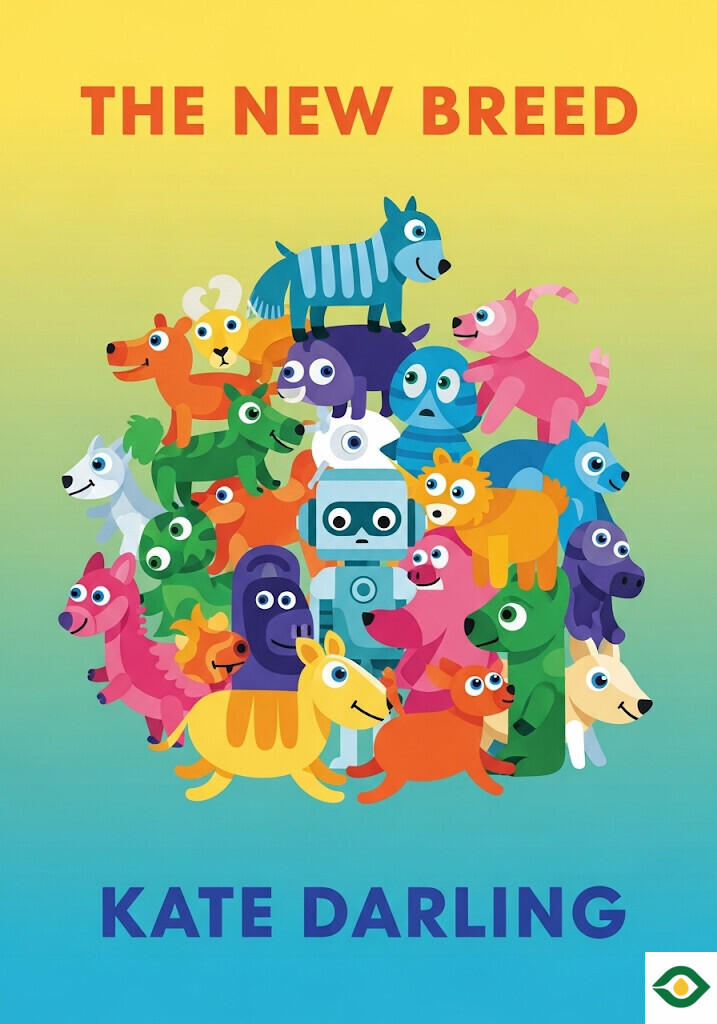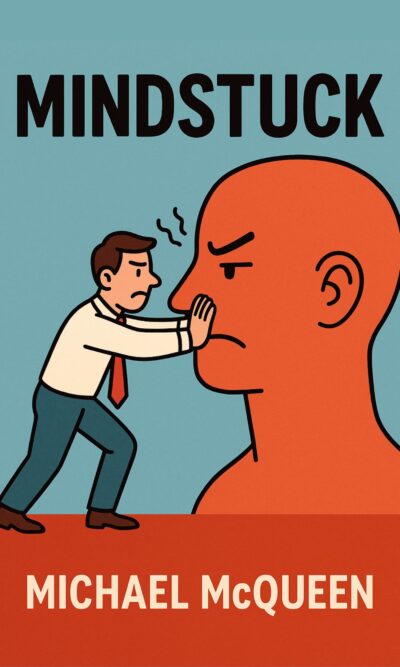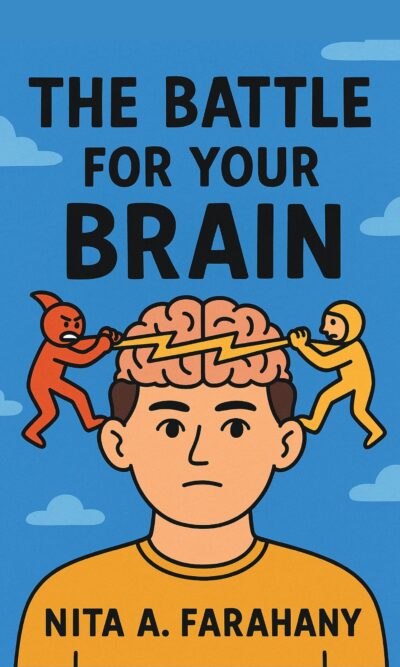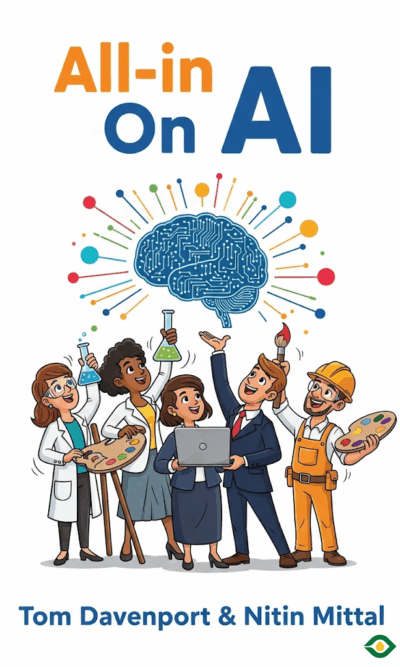Description
This book argues that our biggest mistake about robots is a simple one: we keep comparing them to people. We picture metal humans taking our jobs or rising up against us. But the machines we build do not think like us, feel like us, or move through messy life like us. A better picture is older and truer: robots are more like animals. They are specialized helpers with narrow skills. When we see them this way, fear fades and smarter choices appear.
Humans have always worked with nonhuman helpers. Oxen pulled plows and changed farming. Horses and camels carried us across deserts and fields. Dogs guarded homes, hunted, and became family. Pigeons carried secret notes in wars. Ferrets dragged wires through tight pipes. Rats learned to sniff out land mines. Turkeys—believe it or not—were even used to deliver food drops from planes. None of these animals could do everything. Each had a task it did well enough. That is exactly how most robots work today and how most will work tomorrow: not as universal replacements, but as focused partners.
Artificial intelligence still cannot handle what a toddler does with ease: spot a glass of water, switch tasks without fuss, and adjust to sudden changes. Computers can beat quiz shows or chess when the rules are tight. They can drive under stable conditions and fail in odd weather or surprise road work. They can scan millions of images but stumble on a shadow. More power and data help, but they do not turn a machine into a person. So instead of dreaming of human copies, we should build and use machines the way we used animals: to extend our reach, save our backs, and keep us out of danger.
This view also helps us design better robots. Our buildings and tools are made for wheels, ramps, and handles, not for two perfectly balanced legs. A robot on wheels may be far more useful than a robot that tries to walk like us. A cleaning machine does not need a face; it needs to notice spills and roll a mop. When designers copy humans, they can also copy human social mistakes. Remember the cheerful paperclip that popped up in old software? People disliked it because it interrupted, judged, and hovered without invitation. Good companions, like good pets, do almost the opposite: they soothe, they respond when called, and they do not pry.
Some of the most promising robots act like calm therapy animals. In hospitals and care homes, a soft, seal-shaped robot has helped patients with dementia and anxiety. It hums and reacts to gentle touch. It does not replace nurses; it gives comfort when a person cannot be there every minute. For children on the autism spectrum, talking to a predictable, steady machine can be less stressful than talking to a person. These tools open doors, not close them. The point is not to swap humans out. The point is to make care easier, safer, and more humane.
Workplaces show the same pattern. In some mines, people no longer drive heavy trucks underground; they manage them from far away. The job is still human, just moved to a safer room with screens and controls. In stores, however, we also see “fake automation,” where machines make more work. A roaming tower that only calls for help when it finds a leaf on the floor is not progress. It is a noisy sign that human judgment still matters and that design must start with the task, not the gadget.
Seeing robots as animal-like also guides how we write rules and assign blame. In the distant past, courts absurdly put animals on trial. Over time we learned better: you regulate owners and uses, not the pig or the weevil. We already set different duties for a person who walks a small dog versus a powerful one. We require training, leashes, fences, and sober handlers in some cases. The same tiered approach can work for robots. A tiny home vacuum needs few limits. A warehouse machine that moves tons of goods needs strict rules, logs, and inspections. A self-driving bus needs the strongest oversight. We do not need to ask if a robot “intended harm.” We ask who built it, who deployed it, and who must keep it safe.
Another truth we should admit: people grow attached to machines that act alive. Many owners name their little vacuums and feel real loss when one breaks. The robot dog from a large electronics company inspired funerals when support ended. This sounds funny until you see the grief is sincere. Companies know this and could exploit it with high repair fees and locked services. Clear consumer protections are needed: rights to repair, to transfer data, and to keep a device useful without paying endless subscriptions. If a robot becomes part of a household, the owner should not be trapped by hidden costs.
Privacy is a second risk. A talking doll that recorded and stored children’s chats shocked parents when they learned about it. Today, many homes already have microphones and cameras inside smart devices. Data can flow out without clear consent. Here again, we can learn from animal law and product safety. We require labels on food, fences around pools, and warnings on medicine. For home robots, we can require visible recording indicators, local processing by default, strict limits on cloud storage, and simple off switches that truly cut the mic and camera. Make the safe path the easy path.
As robots become common, a final sensitive question arises: do robots deserve protection? Not because they feel pain like a dog, but because our behavior toward them reflects us. Most people would be upset to see someone kick a robot dog in a park, even knowing it cannot suffer. Why? Because cruelty practiced, even on an object that mimics life, can shape habits and dull empathy. Laws that discourage abusive acts toward lifelike machines can serve the same social goal as laws that protect animals: they encourage humane norms. And this conversation can improve animal rights too, which are uneven and full of gaps. Society bans staged animal fights yet accepts mass suffering in crowded farms and dangerous racing tracks. Debating robot protections might push us to fix those double standards.
The book’s core advice is simple. Stop asking when machines will become human. Start asking what helpful role each machine can play and what harms it can cause. Match design to the job. Give humans the final say in complex, changing situations. Build clear guardrails for safety, privacy, repair, and data. Use social cues that people find comforting, not nagging. Treat lifelike machines with basic decency, not because they are people, but because we are.
If we take this path, the future is less scary and more practical. Robots will feel less like rivals and more like a new “breed” of working partner—closer to a trusty mule, a clever sheepdog, or a comforting therapy pet than to a cold metal person. They will help us lift, explore, heal, and connect. They will take some risk and boredom off our shoulders. And they will do it best when we remember the long, rich story that came before them: humans and animals, side by side, doing together what neither could do alone.





